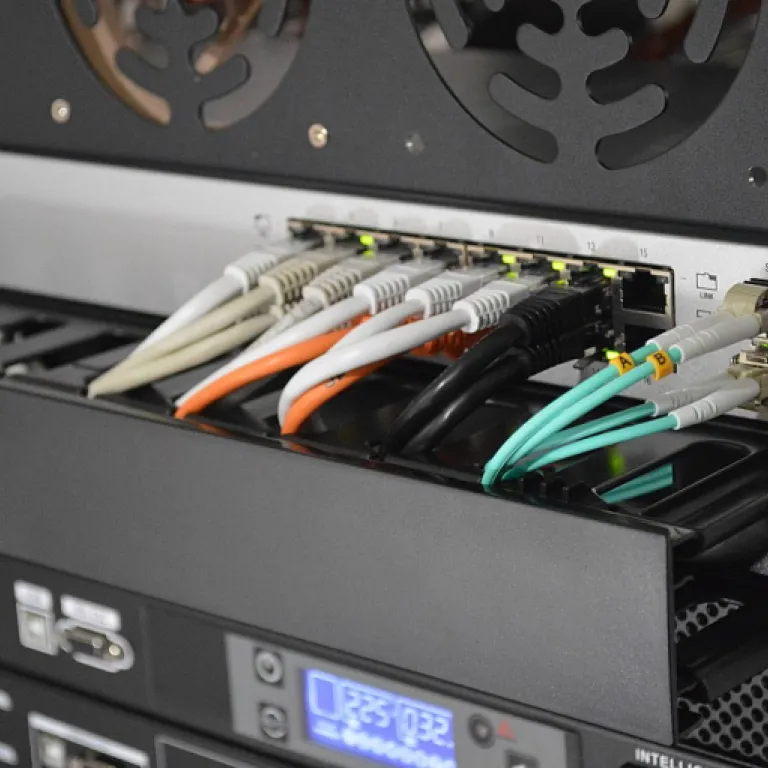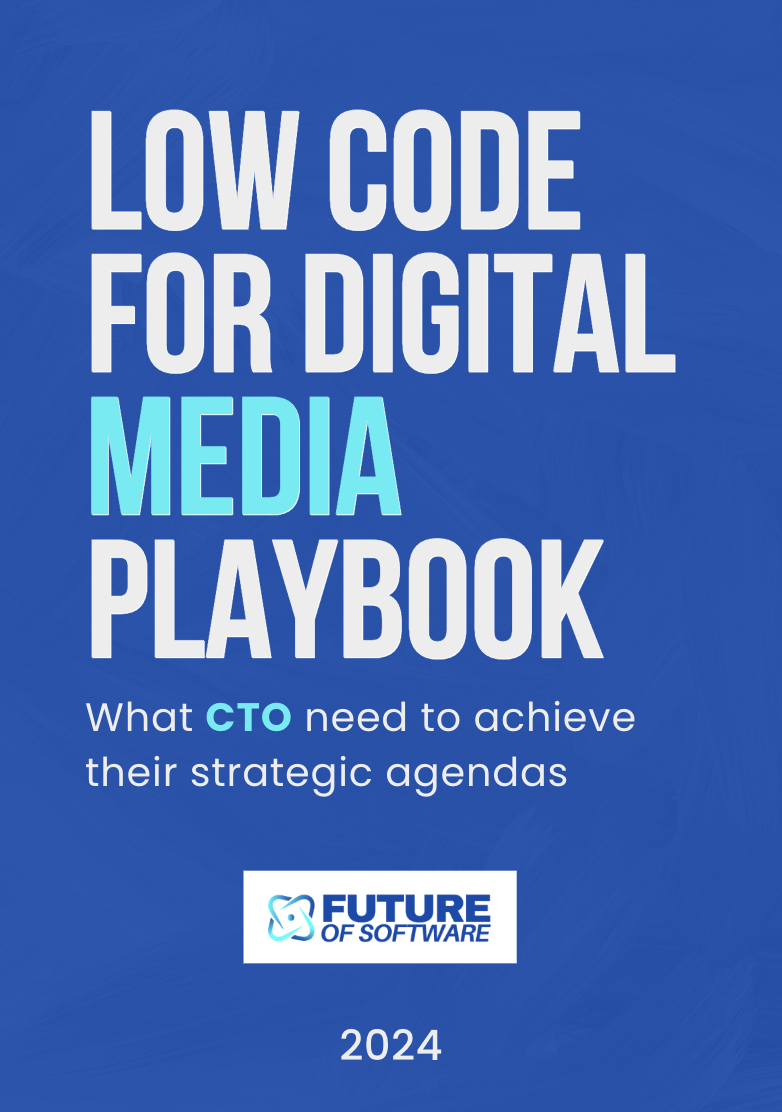
Understanding the role of clearinghouses in medical billing
The Backbone of Efficient Medical Billing
Clearinghouses play a crucial role in the healthcare revenue cycle by acting as intermediaries between healthcare providers and payers. Their main function is to streamline the submission, processing, and management of medical claims. By serving as a bridge, clearinghouses help ensure that claims are accurately formatted, scrubbed for errors, and transmitted securely to insurance companies. This process reduces claim rejections, speeds up reimbursement, and supports effective revenue cycle management for healthcare providers.
How Clearinghouses Support Providers and Payers
When a healthcare provider submits a claim, the clearinghouse reviews the data for errors through a process known as claim scrubbing. This step is vital for reducing costly delays and improving the overall efficiency of claims processing. Clearinghouses also provide real-time feedback on claim status, helping providers quickly address any issues that could impact their revenue.
In addition to error checking, clearinghouses offer services such as electronic claims submission, eligibility verification, and integration with electronic health records (EHR) and practice management systems. These features help providers manage the entire billing cycle more effectively, from patient care to payment collection.
Why Clearinghouses Matter in Modern Healthcare
With the shift toward value-based care and increasing demands for data accuracy, clearinghouses have become essential for both large healthcare organizations and smaller practices. They help providers navigate complex insurance requirements, minimize claim rejections, and maintain compliance with changing regulations. As billing software and healthcare management systems evolve, the role of clearinghouses in supporting efficient revenue cycle management continues to grow.
- Reduce administrative burden for providers
- Improve claim acceptance rates
- Enable real-time claim tracking and management
- Support integration with EHR and practice management systems
For those interested in understanding how the broader software landscape influences clearinghouses and billing solutions, exploring how to structure an effective market map for security software can provide valuable context on market dynamics and technology adoption in healthcare IT.
Key features to look for in a medical billing clearinghouse
Essential Capabilities for Effective Claims Processing
When evaluating a medical billing clearinghouse, healthcare providers and billing teams need to focus on features that streamline the revenue cycle and minimize claim rejections. The right clearinghouse serves as a bridge between providers, payers, and insurance companies, ensuring that electronic claims are transmitted, scrubbed, and tracked efficiently. Here are the most important features to consider:
- Comprehensive Claim Scrubbing: Advanced claim scrubbing tools automatically check for errors, missing data, and compliance with payer requirements before submission. This reduces claim rejections and accelerates reimbursement.
- Real-Time Claim Status Updates: Access to real-time claim status helps billing teams monitor the progress of each claim, identify issues quickly, and take corrective action to keep the revenue cycle moving.
- Wide Payer Connectivity: Top clearinghouses offer connections to a broad network of payers, including Medicare, Medicaid, and commercial insurers. This ensures that claims reach the right destination without delays.
- Integration with EHR and Practice Management Systems: Seamless integration with electronic health records (EHR) and practice management software streamlines data flow, reducing manual entry and potential errors.
- Robust Reporting and Analytics: Detailed reporting tools provide insights into claim rejections, payment trends, and overall billing performance, supporting better revenue cycle management decisions.
- Support for Multiple Claim Types: The ability to handle institutional, professional, and dental claims ensures versatility for diverse healthcare providers.
- Automated Remittance and Payment Posting: Automated electronic remittance advice (ERA) and payment posting features save time and improve accuracy in revenue tracking.
- Compliance and Security: Adherence to HIPAA and other regulatory standards is critical for protecting patient data and maintaining trust with healthcare providers.
How Leading Clearinghouses Stand Out
Billing clearinghouses that excel in these areas not only reduce administrative burdens but also improve patient care by enabling providers to focus more on clinical services and less on paperwork. As the healthcare industry shifts toward value-based care and integrated management, the demand for smarter, more adaptive clearinghouses continues to grow. For a deeper look at how competition shapes this sector, you can explore the competitive landscape of clearinghouses and related software solutions.
Ultimately, the right combination of features in a billing clearinghouse can make a significant difference in claims processing efficiency, revenue cycle management, and the overall financial health of healthcare organizations.
Challenges faced by clearinghouses in the evolving software landscape
Increasing Complexity in Claims Processing
Clearinghouses in medical billing are facing a rapidly changing environment. The complexity of claims processing has grown, with more requirements from payers and evolving regulations. Healthcare providers expect real time claim status updates, seamless integration with EHR and practice management systems, and robust claim scrubbing to reduce claim rejections. As billing software and revenue cycle management (RCM) solutions advance, clearinghouses must keep up to ensure accurate and timely claims submission.
Data Security and Compliance Pressures
With the rise of electronic claims and digital healthcare data, security and compliance have become top priorities. Clearinghouses handle sensitive patient and insurance information, making them targets for cyber threats. They must comply with HIPAA and other regulations, which requires constant updates to their systems and processes. This adds to operational costs and demands ongoing staff training to maintain compliance and protect patient care data.
Integration with Modern Healthcare Ecosystems
Today’s healthcare providers use a mix of EHR, billing, and cycle management platforms. Clearinghouses need to offer flexible integration options to connect with these systems. However, interoperability remains a challenge, especially as new technologies and standards emerge. Providers expect clearinghouses to support a wide range of services, from claim scrubbing to real time eligibility checks, which can strain legacy systems.
Adapting to Value-Based Care Models
The shift toward value-based care and alternative payment models is changing the way claims are managed. Clearinghouses must adapt their processes to handle new data requirements and reporting needs. This includes supporting bundled payments, quality metrics, and care coordination data. The transition is not always smooth, and clearinghouses must invest in technology and expertise to stay relevant in the evolving healthcare landscape.
Market Consolidation and Competition
As the demand for efficient billing clearinghouse services grows, the market is seeing increased consolidation. Larger players, such as Change Healthcare, are acquiring smaller clearinghouses to expand their reach and capabilities. This creates a competitive environment where only the most adaptable and innovative clearinghouses thrive. Smaller organizations may struggle to keep up with the pace of change and the investment required for advanced claims processing and revenue cycle management.
For a deeper look at how technology associations influence the future of software in healthcare and beyond, check out this analysis on the Illinois Technology Association's impact.
How the top 10 clearinghouses in medical billing are adapting to future trends
Embracing Automation and Real-Time Data Exchange
Top clearinghouses in medical billing are moving quickly to automate claims processing and enhance real-time data exchange. By integrating advanced claim scrubbing tools, these billing clearinghouses help healthcare providers reduce claim rejections and speed up the revenue cycle. Automation not only streamlines the submission of electronic claims but also improves claim status tracking, making it easier for providers to manage their revenue cycle management (RCM) processes.Interoperability with EHR and Practice Management Systems
A major trend is the push for seamless interoperability between clearinghouses, electronic health records (EHR), and practice management systems. Leading clearinghouses medical are investing in APIs and standardized data formats to ensure smooth data flow between providers, payers, and billing software. This integration supports better care coordination and more accurate claims processing, which is crucial for value-based care models.Enhanced Security and Compliance Measures
With the increasing complexity of healthcare regulations, top clearinghouses are prioritizing security and compliance. They are adopting robust encryption and compliance frameworks to protect sensitive patient and insurance data. This focus helps healthcare providers and billing services maintain trust and meet regulatory requirements, especially as data breaches and cyber threats become more common in the healthcare sector.Leveraging Analytics for Revenue Cycle Optimization
Advanced analytics are being used by leading billing clearinghouses to identify patterns in claim denials, payer behavior, and revenue cycle bottlenecks. By providing actionable insights, these clearinghouses enable providers to optimize their billing processes, reduce claim rejections, and improve overall financial performance. Real-time dashboards and reporting tools are becoming standard features, supporting proactive management of the medical billing cycle.Adapting to Value-Based and Patient-Centered Care Models
As healthcare shifts toward value-based care, clearinghouses are adapting their services to support new reimbursement models. This includes offering tools for quality reporting, risk adjustment, and care management. By aligning with the needs of both providers and payers, top clearinghouses help ensure that medical claims are processed accurately and efficiently, supporting better patient outcomes and sustainable revenue streams for healthcare organizations.- Automation reduces time spent on manual claims processing
- Interoperability supports seamless data exchange across systems
- Enhanced security protects sensitive healthcare and patient data
- Analytics drive smarter revenue cycle management decisions
- Adaptation to value-based care ensures future readiness
Comparing the top 10 clearinghouses in medical billing
Comparative Overview of Leading Clearinghouses
When evaluating the top clearinghouses in medical billing, healthcare providers and billing teams focus on several critical aspects. Each clearinghouse offers a unique blend of services and technology, but their core mission remains the same: to streamline the claims process, reduce claim rejections, and optimize revenue cycle management.| Clearinghouse | Key Strengths | Integration | Claim Scrubbing | Real-Time Status | Support for EHR/Practice Management |
|---|---|---|---|---|---|
| Change Healthcare | Extensive payer network, robust analytics | Wide EHR compatibility | Advanced | Yes | Comprehensive |
| Availity | User-friendly portal, strong payer connections | Seamless | Standard | Yes | Good |
| Waystar | Revenue cycle automation, actionable insights | Flexible | Advanced | Yes | Strong |
| Trizetto Provider Solutions | Customizable workflows, payer compliance | Integrated | Advanced | Yes | Comprehensive |
| Office Ally | Cost-effective, broad payer access | Basic | Standard | Yes | Moderate |
| ClaimRemedi | Real-time claim tracking, intuitive dashboard | Good | Advanced | Yes | Good |
| Experian Health | Data-driven insights, eligibility verification | Strong | Advanced | Yes | Comprehensive |
| SSI Group | Claims management, payer compliance | Flexible | Standard | Yes | Good |
| Optum360 | End-to-end RCM, analytics | Integrated | Advanced | Yes | Comprehensive |
| eSolutions (now part of Waystar) | Medicare expertise, claim tracking | Good | Standard | Yes | Moderate |
Key Factors in the Comparison
- Integration with EHR and practice management systems is crucial for seamless data flow and efficient billing workflows.
- Claim scrubbing capabilities directly impact claim rejections and the speed of reimbursement.
- Real-time claim status updates help providers and billing teams address issues quickly, reducing the overall revenue cycle time.
- Payer network breadth ensures that healthcare providers can submit electronic claims to a wide range of insurance companies, supporting both fee-for-service and value-based care models.
- Support and analytics empower providers to make data-driven decisions and improve patient care outcomes.
Choosing the Right Clearinghouse
Selecting the best billing clearinghouse depends on the specific needs of healthcare providers, such as the size of the practice, the complexity of claims, and the existing billing software. Top clearinghouses continue to innovate, focusing on automation, data security, and interoperability to meet the demands of modern healthcare and revenue cycle management.What the future holds for clearinghouses and medical billing software
Emerging Technologies Shaping the Next Generation
The future of clearinghouses in medical billing is closely tied to the rapid evolution of healthcare technology. As electronic health records (EHR), practice management systems, and billing software become more integrated, clearinghouses are expected to play a central role in streamlining the entire revenue cycle. Real time data exchange between providers, payers, and billing clearinghouses will become the norm, reducing claim rejections and accelerating claims processing.Greater Automation and Artificial Intelligence
Automation is set to transform how medical claims are managed. Advanced claim scrubbing tools powered by artificial intelligence will help identify errors before claims reach payers, minimizing delays and improving first-pass acceptance rates. This shift will allow healthcare providers to focus more on patient care and less on administrative tasks, while also supporting more accurate revenue cycle management.Interoperability and Data Security
With the increasing demand for seamless data sharing, clearinghouses must prioritize interoperability with EHR and practice management platforms. Secure, standardized data exchange will be essential for protecting patient information and ensuring compliance with evolving regulations. As clearinghouses medical adapt, robust cybersecurity measures will be a key differentiator among top clearinghouses.Value-Based Care and Analytics
The transition to value-based care models is influencing how billing clearinghouses support healthcare providers. Enhanced analytics and reporting tools will help practices track claim status, monitor revenue cycle performance, and identify trends in claim rejections. These insights empower providers to optimize their billing processes and improve overall financial health.Expanding Services and Integration
Top clearinghouses are expanding their services beyond traditional claims processing. Many now offer integrated solutions for insurance eligibility verification, patient payment management, and real time claim status updates. This comprehensive approach helps healthcare providers manage the entire billing cycle more efficiently, from patient intake to final reimbursement.- Increased automation in claims processing and management
- Stronger focus on interoperability and data security
- Advanced analytics for revenue cycle optimization
- Broader integration with EHR and practice management systems
- Support for value-based care initiatives





-large-teaser.webp)








